Agilent Technologies announces improved methods for analyzing fatty acids in foods
Advertisement
PALO ALTO, Calif., April 22, 2002 Agilent Technologies Inc. today announced two improved methods for identifying fatty acids in foods.
Fatty acids can be isolated from most foods, especially from edible fats and oils derived from agricultural products such as corn, maize, olives and soybeans. Fatty acid analysis is preceded by saponification of the glycerols and derivitization to the fatty acid methyl esters (FAMEs). FAMEs are normally analyzed by gas chromatography (GC) or GC/mass spectrometry (GC/MS) on columns coated with polar stationary phases.
Chemists from Agilent Technologies, the Research Institute for Chromatography in Kortrijk, Belgium, and the University of Gent in Gent, Belgium, have developed two retention time locking (RTL) methods for analyzing FAMEs. RTL offers easy peak identification and simple comparison of data from different GCs and different laboratories. The choice between the two methods depends on sample complexity and the degree of fatty acid characterization required.
The first method uses a DB-WAX column that separates FAMEs according to carbon number (from C4 to C24) and fatty acid saturation. This method uses a gas chromatograph with flame ionization detector or mass spectrometer (GC/MS). The DB-WAX column does not separate cis and trans isomers, and for complex mixtures such as fish oils, does not resolve some FAMEs. However, this column is sufficient for most classical oil and fat characterizations. In addition, it can be used to characterize some animal fats such as butyric acid in milk fat, which is important in milk and dairy analysis and in the analysis of chocolate products.
The second method uses the same instruments as the first method but with a DB-23 cyanopropyl column. This method is appropriate for analyzing more complex samples such as fish oils, hydrogenated fats and cis and trans isomers.
Both methods use RTL , which allows analysts to obtain virtually identical retention times on any gas chromatograph, independent of inlet, injection technique or detector. This makes peak identification more accurate and allows easy correlation of results between instruments.
Agilent's published retention time database, which is available at no charge from www.agilent.com/ chem, enables rapid and reliable FAME identification. An additional benefit of RTL is that retention times in the calibration table remain unchanged, even after column maintenance or change. For GC/ MS, an available spectral library can screen data files using spectra in combination with their locked retention times.
Most read news
Other news from the department research and development
These products might interest you

isoprime precisION by Elementar Analysensysteme
isoprime precisION stable isotope ratio mass spectrometer
The most flexible, yet powerful isotope ratio mass spectrometer ever created
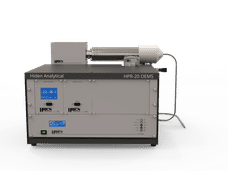
HPR-20 OEMS, Online Electrochemical Mass Spectrometer by Hiden Analytical
Online monitoring and quantification of evolved gases and vapours from electrochemical processes
A complete gas analysis solution, designed to integrate seamlessly with electrochemical applications
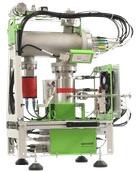
IonTamer ToF MS by Spacetek Technology
IonTamer instruments are time-of-flight residual gas analysers (TOF-RGA) for the analysis of gases
Compact Time-of-flight residual gas analyzer (TOF-RGA) for process analysis
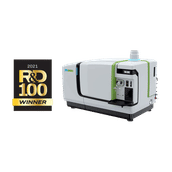
NexION® 5000 by PerkinElmer
NexION 5000 Multi-Quadrupole ICP Mass Spectrometer
NexION 5000 Multi-Quadrupole ICP Mass Spectrometer

Renting and Leasing Solutions for Laboratories by Bios Analytique
Specialists in the rental and leasing of scientific equipment for laboratories throughout Europe
Whether you have an unexpected requirement or limited budget, we have the perfect solution for you
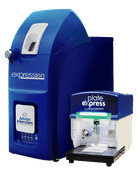
expression® Compact Mass Spectrometer by Advion Interchim Scientific
Mass Spectrometry for Chemists: Fast, Easy, Prep-Free Reaction Monitoring at the Bench
Featuring a variety of sample introduction techniques that also allow TLC/MS & direct probe analysis

TSQ 9610 GC-MS/MS by Thermo Fisher Scientific
TSQ 9610 GC-MS/MS for superb sensitivity and selectivity with outstanding reliable productivity
Eliminate unnecessary, unplanned instrument downtime, save helium and maximize productivity

Get the chemical industry in your inbox
By submitting this form you agree that LUMITOS AG will send you the newsletter(s) selected above by email. Your data will not be passed on to third parties. Your data will be stored and processed in accordance with our data protection regulations. LUMITOS may contact you by email for the purpose of advertising or market and opinion surveys. You can revoke your consent at any time without giving reasons to LUMITOS AG, Ernst-Augustin-Str. 2, 12489 Berlin, Germany or by e-mail at revoke@lumitos.com with effect for the future. In addition, each email contains a link to unsubscribe from the corresponding newsletter.
Most read news
More news from our other portals
See the theme worlds for related content
Topic world Gas chromatography
Gas chromatography is an essential method in analytical chemistry for the separation and analysis of volatile compounds. Due to its high resolution and sensitivity, it has become firmly established in areas such as environmental analysis, food chemistry or forensic science. GC provides precise and reliable results and enables deep insights into the chemical composition of samples.

Topic world Gas chromatography
Gas chromatography is an essential method in analytical chemistry for the separation and analysis of volatile compounds. Due to its high resolution and sensitivity, it has become firmly established in areas such as environmental analysis, food chemistry or forensic science. GC provides precise and reliable results and enables deep insights into the chemical composition of samples.
Topic World Mass Spectrometry
Mass spectrometry enables us to detect and identify molecules and reveal their structure. Whether in chemistry, biochemistry or forensics - mass spectrometry opens up unexpected insights into the composition of our world. Immerse yourself in the fascinating world of mass spectrometry!

Topic World Mass Spectrometry
Mass spectrometry enables us to detect and identify molecules and reveal their structure. Whether in chemistry, biochemistry or forensics - mass spectrometry opens up unexpected insights into the composition of our world. Immerse yourself in the fascinating world of mass spectrometry!
Topic World Chromatography
Chromatography enables us to separate, identify and thus understand complex substances. Whether in the food industry, pharmaceutical research or environmental analysis - chromatography opens up a treasure trove of information about the composition and quality of our samples. Discover the fascinating world of chromatography!
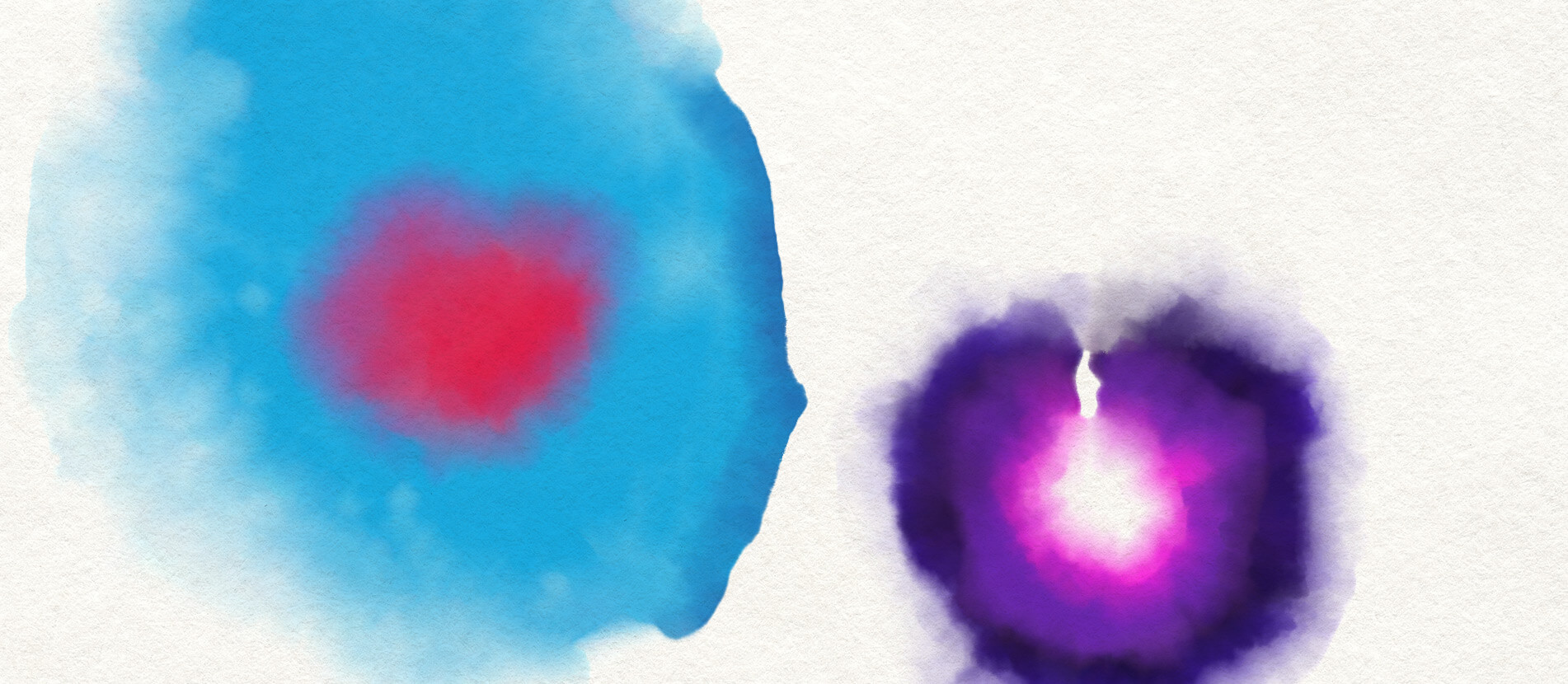
Topic World Chromatography
Chromatography enables us to separate, identify and thus understand complex substances. Whether in the food industry, pharmaceutical research or environmental analysis - chromatography opens up a treasure trove of information about the composition and quality of our samples. Discover the fascinating world of chromatography!
































































